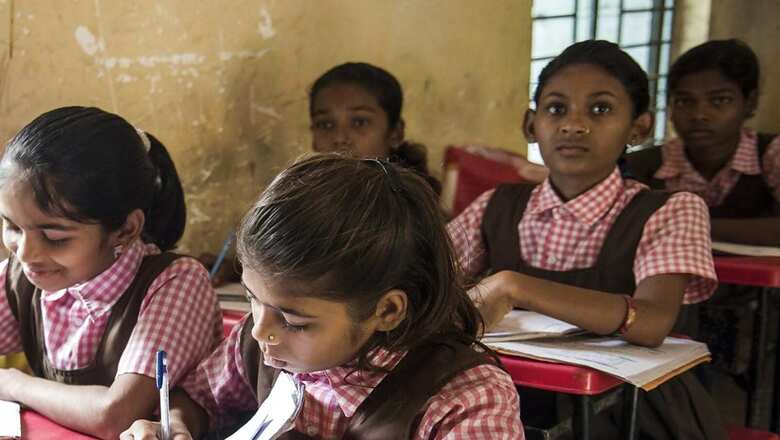Proportion of Govt Schools with Less Than 60 Students Increased Every Year in Last Decade: ASER 2022

views
The proportion of government schools with less than 60 enrolled students has increased every year over the last decade, according to the Annual Status of Education Report (ASER).
The crucial report pointed out that states with highest proportion of small schools in 2022 were Himachal Pradesh and Uttarakhand.
”The proportion of government schools with less than 60 students enrolled has increased every year over the last decade. Nationally, this figure was 17.3 pc in 2010, 24 pc in 2014, 29.4 pc in 2018, and stands at 29.9 pc in 2022. The states with the highest proportion of small schools in 2022 include Himachal Pradesh (81.4 pc) and Uttarakhand (74 pc).
”However, some states show a decrease in the fraction of small schools, such as Uttar Pradesh (from 10.4 pc in 2018 to 7.9 pc in 2022) and Kerala (from 24.1 pc in 2018 to 16.2 pc in 2022),” the report said.
Read | UP Records Highest Enrolment in Schools: ASER Report
ASER is a nationwide, citizen-led household survey that provides a snapshot of children’s schooling and learning in rural India.
The first ASER survey was conducted in 2005 and repeated annually for 10 years.
ASER 2022 is the first field-based ”basic” survey after a gap of four years. It also comes at a time when children are back in school after an extended period of school closure in view of the COVID-19 pandemic.
The latest study has surveyed a total of 19,060 villages in rural India which include 3,74,544 households and 6,99,597 children in the age group 3 to 16 years.
The report noted that proportion of multi-grade class 2 and 4 classrooms also shows a steady increase over the past decade.
”For example, the proportion of grade 2 classrooms observed to be sitting with children from other grades was 54.8 pc in 2010, 61.6 pc in 2014, 62.4 pc in 2018, and stands at 65.5 pc in 2022.
”Increases over 2018 levels are visible in Gujarat (from 50.9 pc in 2018 to 69.3 pc in 2022) and Chhattisgarh (from 71.3 pc in 2018 to 79.5 pc in 2022), among other states,” it said.
The survey found that nationally, small improvements are visible in all Right to Education-related indicators over 2018 levels.
”The fraction of schools with useable girls’ toilets increased from 66.4 pc in 2018 to 68.4 pc in 2022. The proportion of schools with drinking water available increased from 74.8 pc to 76 pc, and the proportion of schools with books other than textbooks being used by students increased from 36.9 pc to 44 pc over the same period, it said.
”However, the national averages hide major variations across states. For example, the proportion of schools with drinking water available increased from 58.1 pc in 2018 to 65.6 pc in Andhra Pradesh and 82.7 pc in 2018,” it said.
Read all the Latest Education News here




















Comments
0 comment